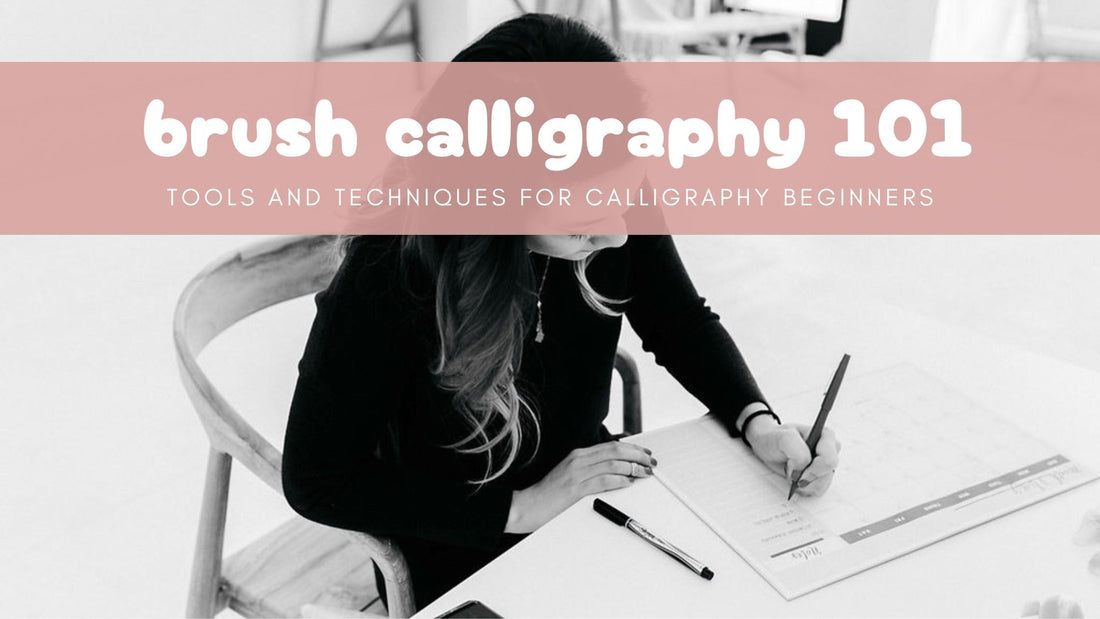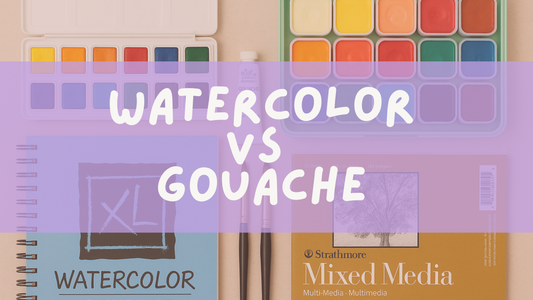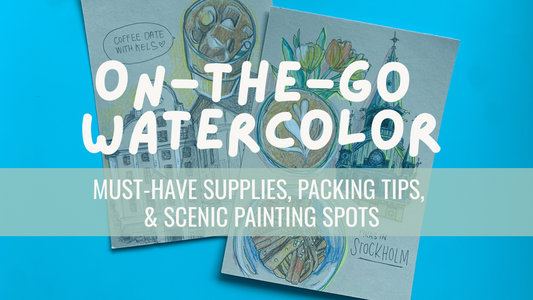Whether you're looking to add a personal touch to a handwritten card, start a new creative hobby, or launch your own stationery brand, learning calligraphy is a rewarding skill that anyone can pick up. In this beginner-friendly guide, we’ll walk you through essential calligraphy tools, techniques, and where to find the best brush lettering tutorials to kickstart your journey into modern lettering.
Start Here: Your Ultimate Brush Lettering Resource 🎨
Before diving into tools, grab your copy of the Introduction to Brush Lettering Calligraphy.
- Step-by-step stroke practice
- Full upper & lowercase alphabet tracing sheets
- Brush control tips for smooth transitions and flourishes
- Printable workbook, so you can re-use it over and over
This downloadable workbook is the perfect companion to every pen you'll pick up—and fun fact, it’s designed by me!
Must-Have Tools for Calligraphy Beginners
To get started, you'll need just a few tools. Here’s a roundup of beginner-friendly supplies that you can find easily on Amazon—with notes on why they’re worth the buy.
1. Brush Pens (The Calligraphy MVP)
Look for flexible brush pens designed specifically for beginners. These allow you to apply pressure and create those signature thick and thin strokes with ease.
Recommended Products:
- Tombow Dual Brush Pens – Great for learning stroke control with vibrant color options.
- Pentel Fude Touch Brush Sign Pen – Smaller tip, perfect for tighter control and learning letter shapes.
💡 Why it matters: A good brush pen helps train your hand on pressure and control—skills that are foundational for progressing with brush lettering tutorials.
2. Smooth Marker Paper
Not all paper is created equal. Regular printer paper can wear out your brush tips quickly. Opt for smooth, bleed-proof paper to protect your pens and get clean strokes.

Recommended Product: Rhodia Notepad
💡 Why it matters: Practicing on the right paper ensures longevity for your tools and better results.
3. A Lightbox (Optional, but Helpful)
If you plan on tracing guide sheets like those in my Kimposed workbook, a lightbox can save time and reduce the need for printing extra sheets.
Recommended Product: Huion LED Light Pad
💡 Why it matters: Keeps your practice clean, efficient, and reduces paper waste.
4. Ruler & Pencil for Layouts
For envelope art, signage, or composition pieces, you'll want to pre-plan your spacing and alignment. You can also find useful tools like this envelope guide for calligraphy purposes as well!
💡 Why it matters: Structured guidelines help your final pieces look polished and professional.
Foundational Techniques for Beginners
With your tools ready, here are the first brush lettering techniques to master:
▸ Basic Strokes
Think of these as the building blocks of every letterform. Use your Introduction to Brush Lettering Workbook to practice:
- Upstrokes (light pressure)
- Downstrokes (heavy pressure)
- Overturns, underturns, and ovals
▸ Letterform Consistency
Focus on spacing, height, and width. Use a dot grid or guide sheets to develop a rhythm in your practice.
▸ Connectors and Flow
Once you're comfortable with individual letters, start connecting them to create words. This is where the magic happens—and where brush control really shines.
Learning Through Tutorials
Pair your daily practice with structured brush lettering tutorials online. Look for video content that:
- Demonstrates real-time stroke work
- Offers downloadable practice sheets
- Covers beginner mistakes and fixes
Start Simple, Stay Consistent
Calligraphy isn’t about perfection—it’s about process. With just a few tools, daily practice, and the right guides, you’ll be on your way to developing a style that’s uniquely yours.
🎁 Don’t forget to download the workbook and grab your starter tools. Your lettering journey starts now.





 https://kimposed.com/pages/about
https://kimposed.com/pages/about


